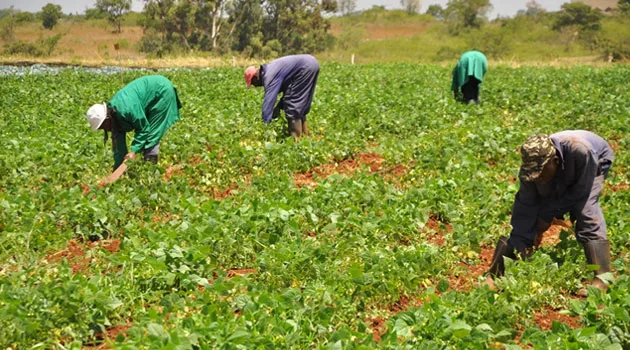By Wisdom JONNY-NUEKPE
The United States Department of Agriculture (USDA) has forecasted that consequences of climate change on the country’s agriculture will be dire in coming years.
The Department projected that Ghana will need not less than US$160million annually to tackle the impact of climate change on agriculture.
In its 2023 Ghana Climate Change Report under the Climate Change/Global Warming/Food Security category, the USDA indicated that climate change is already affecting the country’s water resources due to drought and possible floods exposure, even from neighbouring countries.
“Ghana will be experiencing changes in temperature, rainfall patterns and increased frequency and intensity of extreme weather events such as floods, droughts and storms. These impacts have significant implications for the country’s economy, food security and livelihoods of its people” the report said.
To address these challenges, the USDA recommends appropriate actions to be adopted including an integrated approach to agriculture – which the Department said could run into billions of dollars annually if the fight against climate change is to yield any positive results.
“Ghana must adopt a drastic environmental management approach, increase risk preparedness, promote sustainable energy production, modernise transport systems and build more resilient infrastructure systems,” the USDA noted.
Indeed, the World Bank estimates that the yearly cost to fund and maintain interventions like those mentioned above will be approximately US$2billion a year
According to the World Bank, rising temperatures are projected to lower yields in major staple crops – for example, cassava yields are projected to fall by 29.6 percent by 2080 and corn yields by seven percent by 2050.
Rising temperatures are also likely to increase the presence of pests and diseases which can also lead to crop failure and reduced yields. Suitable areas for cocoa production, mainly along the coast, are also decreasing due to temperature increase, floods, soil salinisation, continued coastal erosion and galamsey.
The current situation
Current happenings in Ghana’s agriculture space have corroborated the USDA report and World Bank forecasts.
Recent reports proved that hectares of maize and other cereal cultivations in the country’s Northern sector are currently being destroyed by drought and dry weather conditions.
Since June this year, the state of maize farms in the Northern Region has left many farmers shocked – perhaps worst in the last decade – as these agrarians ponder over makeshift solutions to salvage the situation.
Similarly, dry weather conditions in the Bono, Bono East and Ahafo Regions have put the middle belt agriculture zone into a severe emergency, as farms in those regions are currently plagued with army worms according to B&FT sources.










